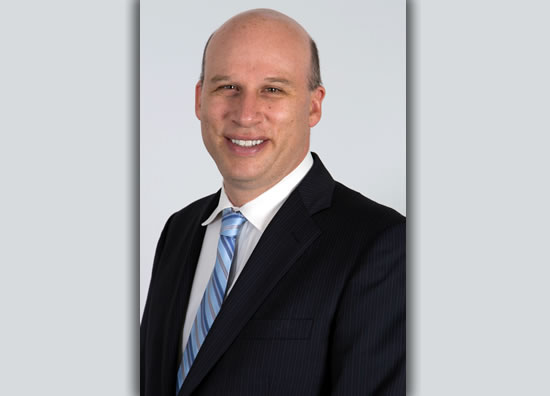GUEST EDITORIAL
Investing in the First 1,000 Days of Life
By President Shael Polakow-Suransky

Shael Polakow-Suransky is the president of Bank Street College of Education
Ninety percent of our brain architecture is built during the first 1,000 days of life, with more than one million new neural connections formed every second. These connections establish the foundation for future learning—including our cognitive and social-emotional development.
We know from recent scientific research that if a baby grows up exposed to what is known as “toxic stress” due to violence, homelessness, lack of food, neglect, or other trauma, these experiences trigger the baby’s natural fight or flight responses in her brain, which releases cortisol into her body. With extended exposure to these kinds of stressful or unpredictable early experiences, cortisol starts to rewire a child’s brain architecture, impacting the development of language, memory, and self-control. It can also inhibit an infant’s ability to learn and form trusting relationships. Adverse childhood experiences—or ACEs—occur for children across the socio-economic spectrum, but because of institutionalized forms of inequality, children growing up poor are often more vulnerable.
Researchers have found that children under five who have had two or more ACEs are over four times more likely to have trouble calming themselves down, can be easily distracted, and have a hard time making and keeping friends. Children ages six to 17 who have had two or more ACEs are twice as likely to be disengaged from school. Most of the achievement gap between rich and poor children is already evident before children start kindergarten and it stubbornly persists as children enter and complete secondary school.
But adverse childhood experiences are not destiny. Supportive, responsive relationships with parents or caregivers working in the child-care setting can mitigate the effects of these experiences. In short, a child’s first 1,000 days are a moment to be seized, a moment to actually level the playing field, a moment to stop the achievement gap before it starts. Missing this small but vital window of opportunity leads to the need for expensive—and all too often failing—efforts in our schools to play catch-up.
Analyses of multiple early care and education programs show that every dollar spent on high-quality, birth-to-five programs serving disadvantaged children yields a 13% annual return. High-quality early childhood care leads to higher rates of high school graduation and reduced rates of heart and metabolic disease, adolescent pregnancy, and incarceration.
At Bank Street, a central part of our mission is to expand access and improve the quality of early care and education. Research links low-quality child care to toxic stress and developmental damage. When an infant spends a year with someone who fails to form a relationship with her, it has an impact on behavior, learning, and potential for years to come. The antiquated and inaccurate notion that “anyone can take care of babies” is part of the problem and has led to inadequate public funding, low wages, and low-quality child care. There is a big difference between meeting the child’s feeding and diapering needs and providing care that will nourish the child’s mind and body.
High-quality child care starts with strong, nurturing relationships that are stable and offer children a secure base from which to engage in new experiences within a thoughtfully planned routine. In a high-quality child-care setting, a child is free to explore and—importantly—come back to her caregiver when she needs to “refuel” to continue her learning. The caregiver comments on the child’s exploration, signifying that what she does is important and modeling language that is connected to the child’s interests.
To achieve this level of care, we need to develop a strong public infrastructure for child care. At Bank Street, we’re working with cities across the country—including New York, Newark, and New Haven—to help strengthen the systems of care and education for the youngest students. We are also increasing our reach into local communities—including through a project in East New York, Brooklyn working with early childhood caregivers to build the skills necessary to provide quality care for our nation’s youngest and most vulnerable children.
As a nation, we spend close to $600 billion a year on K–12 education while only allocating $20 billion to child care and educational supports before children start school. Per capita, we are spending roughly 10 times less on education for our youngest children at precisely the moment when the potential impact is greatest. You will find the opposite pattern in every other wealthy nation in the world. Not surprisingly, their educational outcomes are soaring while our students fall further behind.
This is a test of our commitment to equity and whether we have the will to cultivate human potential during the earliest years of life. There are 15 million children in this country under the age of three. They need us to do better. #
Shael Polakow-Suransky is the president of Bank Street College of Education.
